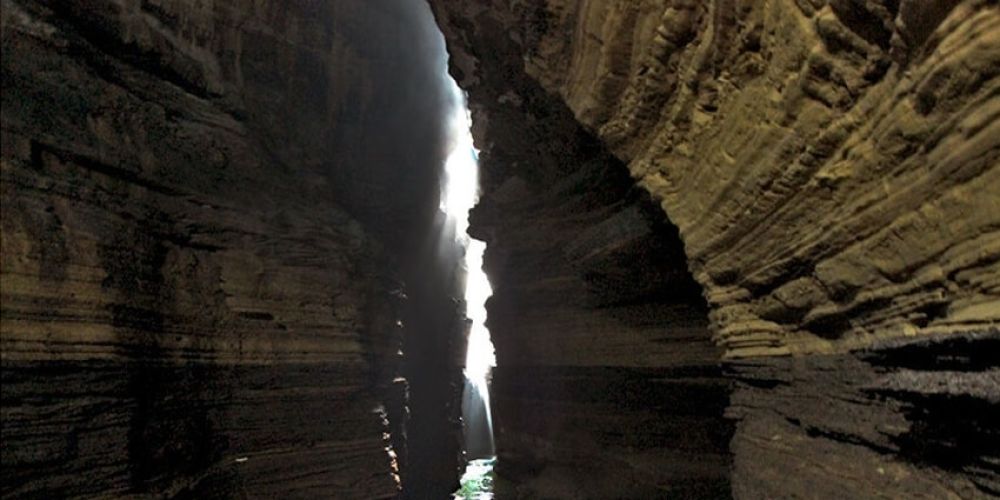

Mahendra Cave, nestled in the city of Pokhara, Nepal, is one of the natural wonders that has long captivated tourists with its geological marvels. Named after the late King Mahendra Bir Bikram Shah Dev, this limestone cave attracts not just spelunkers but also casual explorers intrigued by the mysteries that lie within the stalactite and stalagmite formations.
The history of tourism at Mahendra Cave is relatively recent compared to the ancient formation of the cave itself. Discovered in the late 1950s, it was not until the 1970s that the cave became accessible to tourists. Local efforts made it possible to install electricity within the cave, illuminating the majestic structures for visitors. The 1990s saw a boom in Pokhara’s tourism industry, and Mahendra Cave became one of the must-visit attractions on the tourist itinerary.
Since then, Nepal's government and tourism department have recognized the cave's potential and invested in infrastructure and preservation efforts, ensuring the cave's integrity while allowing tourists to explore its depths safely.
In recent years, Mahendra Cave has benefited from an increase in both domestic and international tourism. Its proximity to the Annapurna mountain range makes it an excellent addition for trekkers seeking a relaxing diversion after their challenging hikes.
Adventure tourism is on the rise, and Mahendra Cave lends itself well to those looking for an adrenaline rush in a safe environment. The government's push to promote Nepal as a year-round destination has also led to a steady influx of visitors even during the off-peak seasons.
Sustainable tourism has been gaining traction globally, and Pokhara has not been immune to this trend. Efforts are continuously made to reduce the environmental impact of tourism on the cave, including limiting the number of visitors allowed inside at any one time, promoting the use of reusable water bottles, and raising awareness about the cave’s fragile ecosystem.
Looking towards the future, serious discussions and plans are in place to further enhance the tourist experience at Mahendra Cave while putting conservation at the forefront. The local government aims to find a balance between showcasing this natural gem and preserving its integrity for future generations to enjoy. Alongside this, there are plans to integrate more educational components into the visitor experience, providing insight into the geological history and significance of the cave's formations.
Technological advancements may also play a role in augmenting the tourist experience. For example, augmented reality (AR) apps that can provide an interactive guide through the cave's twists and turns are being considered.
In conclusion, Mahendra Cave remains a steady beacon of interest in Pokhara’s tourism landscape. Its combination of natural beauty, geological significance, and the lure of exploration continues to draw visitors from around the world, ensuring that it will remain an essential part of Nepal’s tourism offering for years to come.